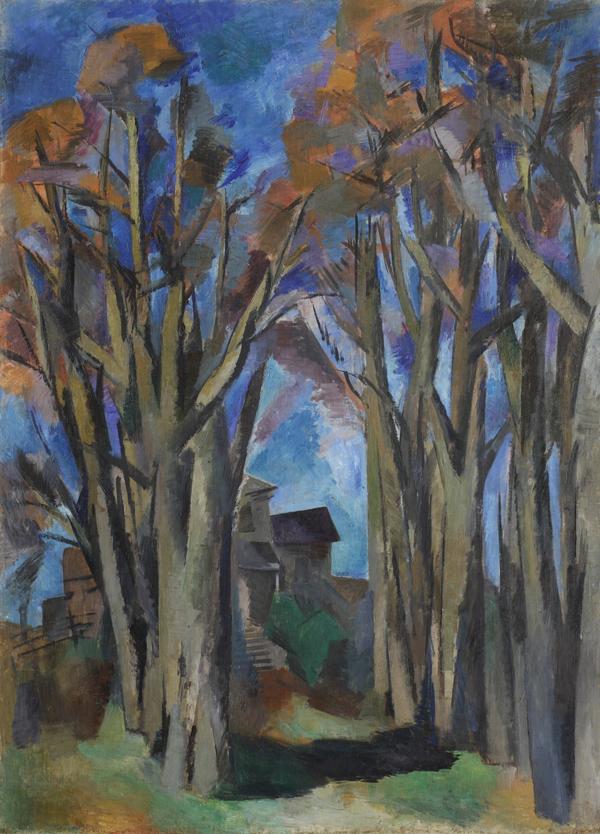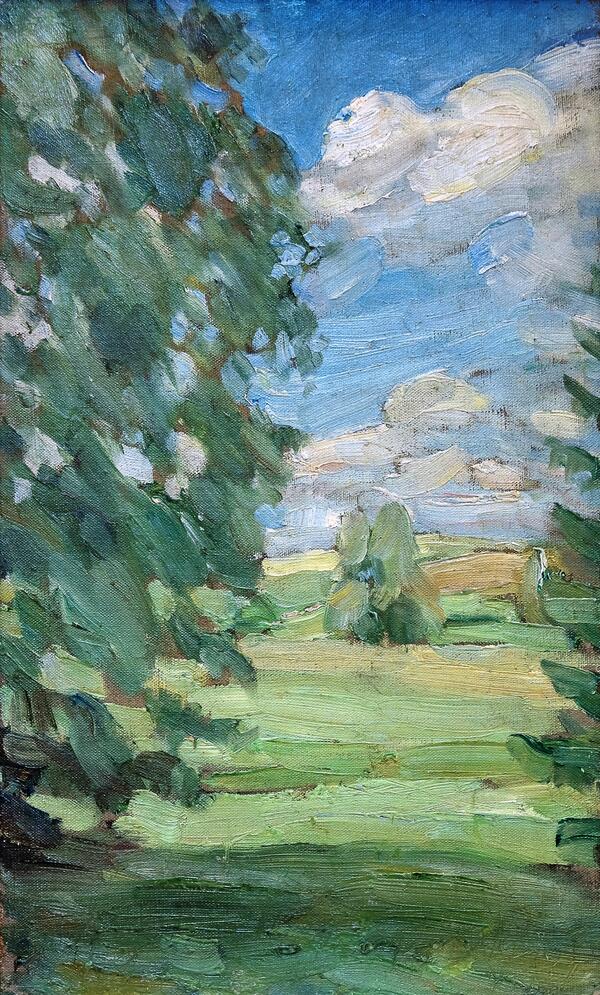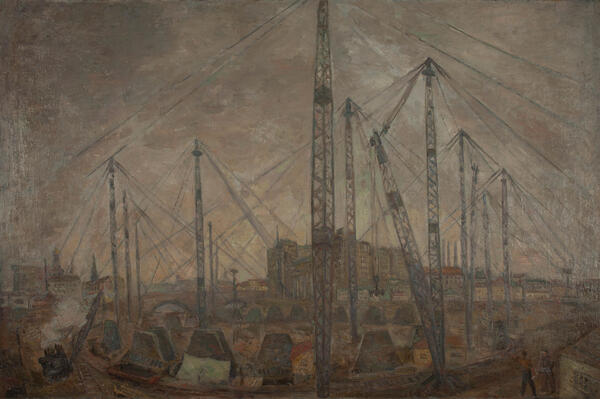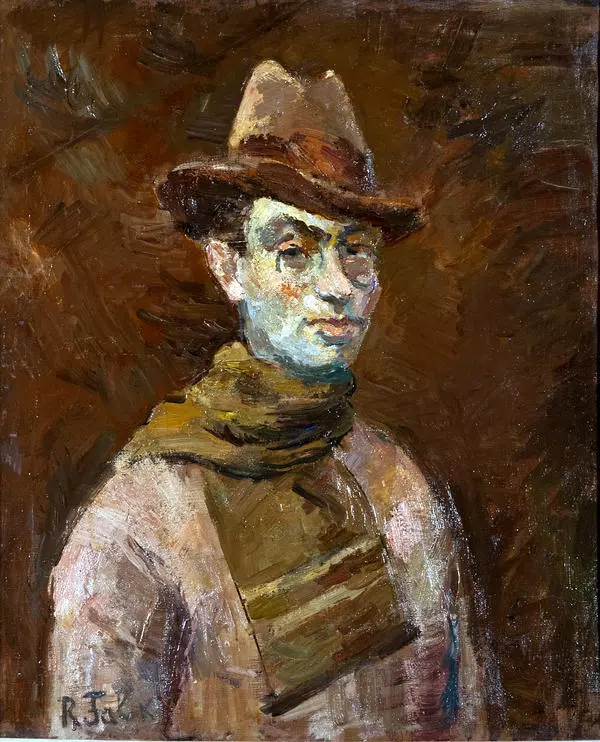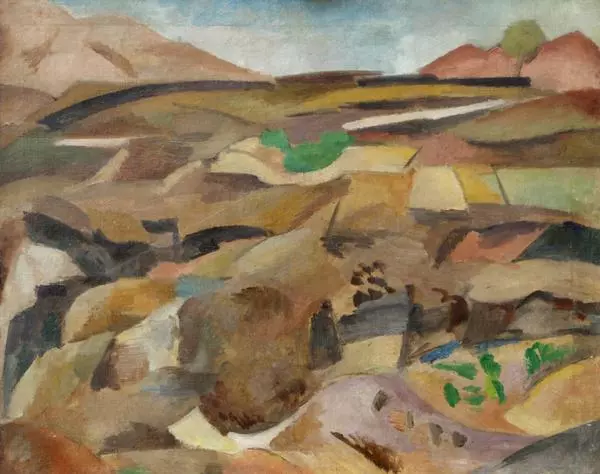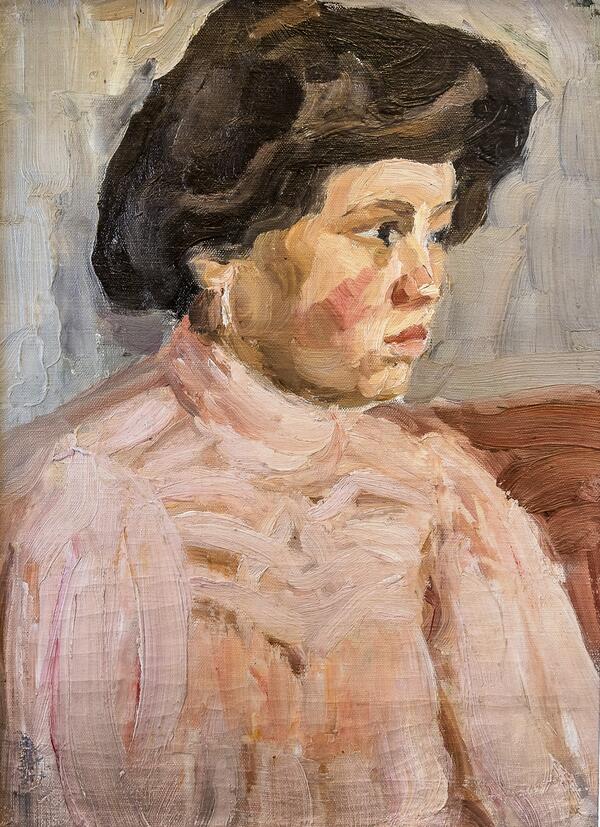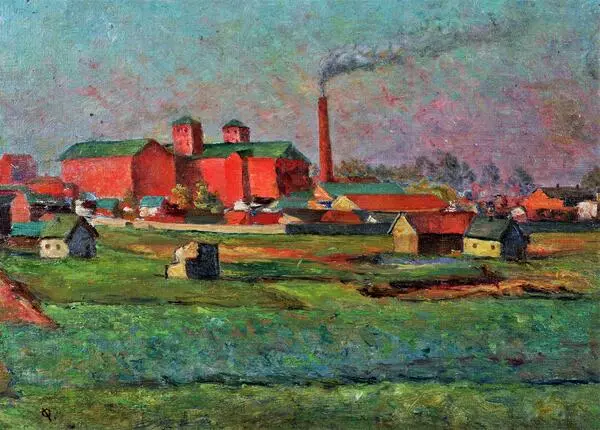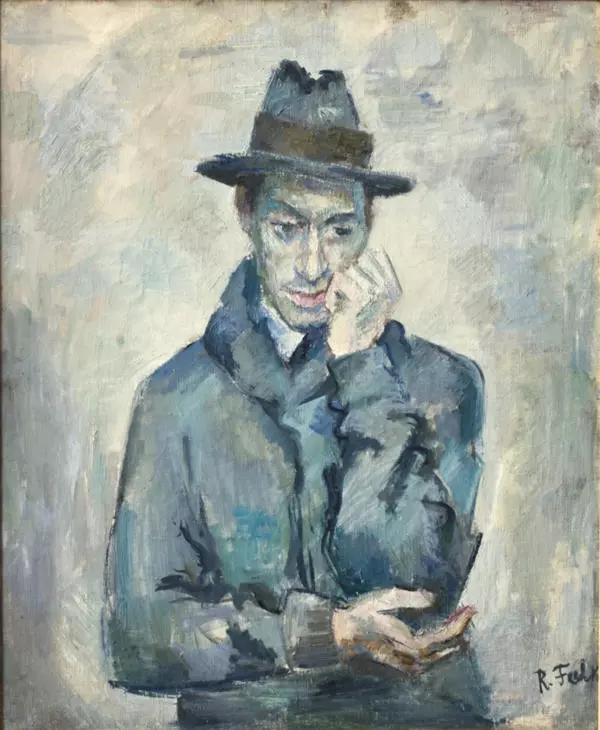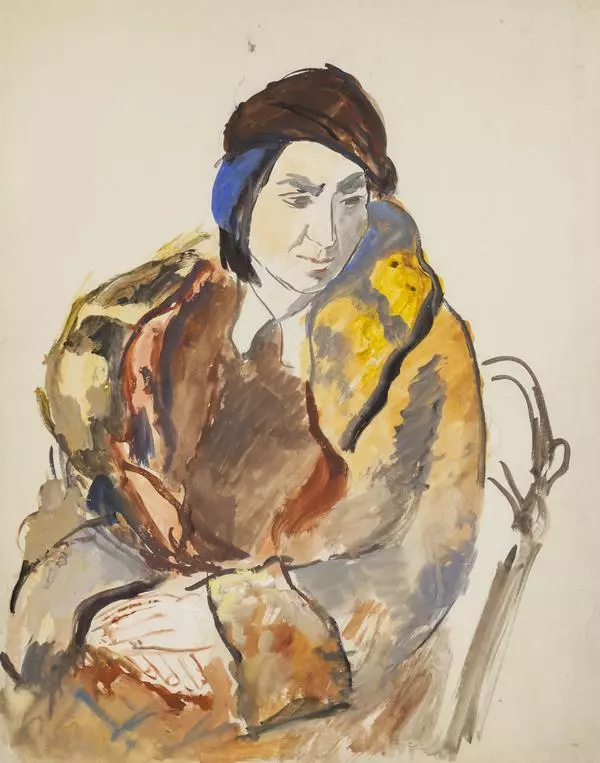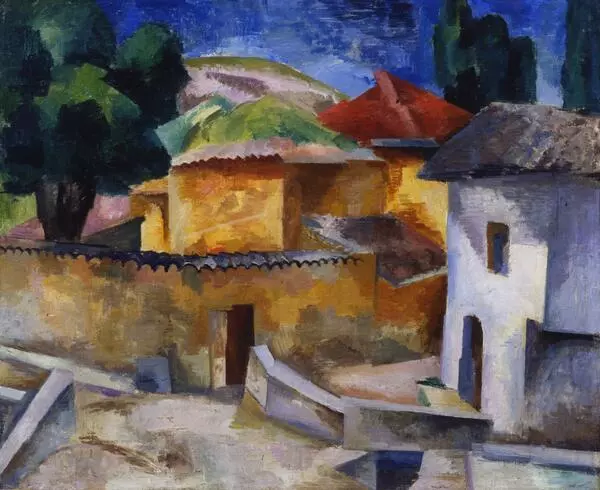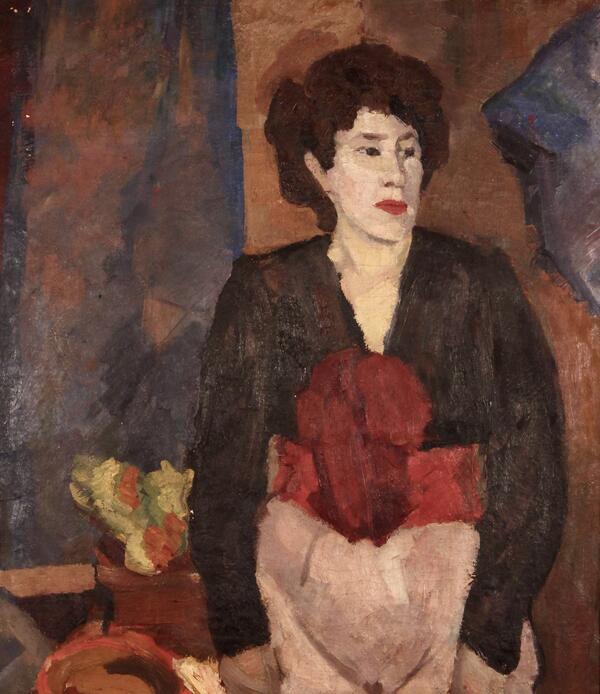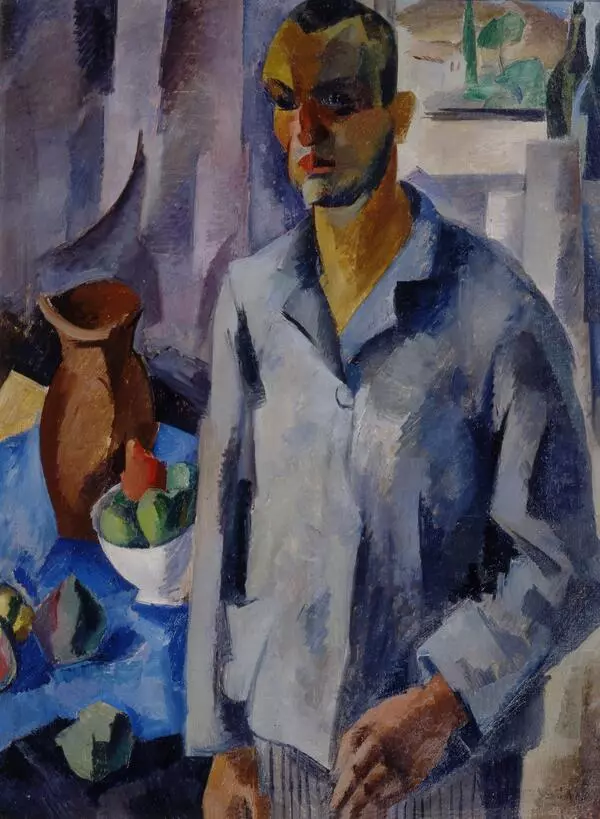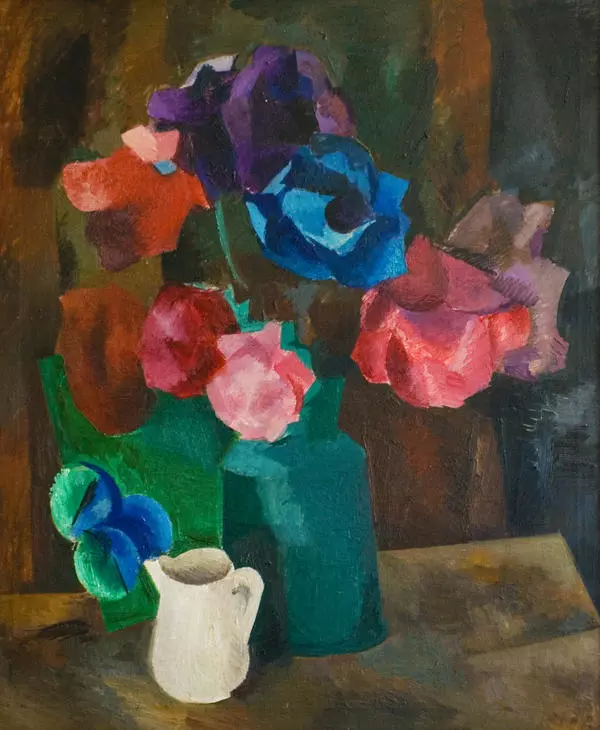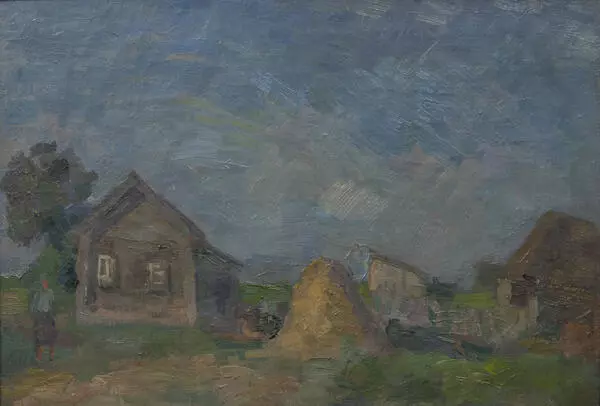Robert Falk was born in Moscow in 1886. He began to paint in early childhood, and despite the fact that his parents insisted on a career as a musician, Falk chose the path of a professional artist.
#6
#18
‘In the summer of 1903, they gave me oil paints, and again I became passionately interested in painting. For whole days I was with my sketchbook somewhere near the pond, in a sunny glade of the forest… with extraordinary diligence I tried to convey all the details of the landscape I loved… I decided to give up all the music and become an artist at all costs.’
The painter recalled
#12
First, Falk studied at the art school with Konstantin Yuon and Ivan Dudin, took lessons from avant-garde artist Ilya Mashkov. And he entered the Moscow School of Painting, Sculpture and Architecture in 1905 year, where recognized masters Valentin Serov and Konstantin Korovin became his teachers.
Falk presented his work at the first exhibition of the avant-garde association Jack of Diamonds in 1910. The participants in this outrageous group opposed themselves to academic artists and realists, inspired by post-impressionism and cubism.
Robert Falk himself was a supporter of Paul Cézanne’s creative ideas. Art critic Abram Efros once even called Falk “a man of Cézanne nationality.” The painter did not borrow from Cézanne his style and color scheme, but adopted the artistic principles of the French post-impressionist, his attitude to the surface of the canvas.
Falk was looking for new ways to express himself in 1910s: “I strove to emphasize emotional expressiveness with form shifts, ” he wrote. These creative searches were embodied in the work Trunks of 1917.
Falk called painting “music for the eyes” and claimed that he hears the general orchestral sound of all the colors in the picture and distinguishes the sound of each individually. Therefore, the artist attached great importance to the rhythmic organization of paintings.
In the painting Trunks, Falk conveyed an alley extending deep into the canvas with volumes and vibrant color. The expressiveness of the landscape is based on the contrast of subtle crystalline forms and is built using variations of muted blue and red colors. Falk united the colors in thick large shadows, which gives the picture a chamber mood and inner drama.
In all of his landscapes, Falk sought to convey through nature the world of human feelings, the philosophical idea of life. He always revealed the subtlest harmonies in the combination of color spots.
Robert Falk became the forerunner of unofficial art of the 1960s, and today he is one of the most famous representatives of the Russian avant-garde. According to art critic Irina Kulik, “the art of Robert Falk is a unique example of the avant-garde without manifestos and ideology, intimate and introvert.”
Falk presented his work at the first exhibition of the avant-garde association Jack of Diamonds in 1910. The participants in this outrageous group opposed themselves to academic artists and realists, inspired by post-impressionism and cubism.
Robert Falk himself was a supporter of Paul Cézanne’s creative ideas. Art critic Abram Efros once even called Falk “a man of Cézanne nationality.” The painter did not borrow from Cézanne his style and color scheme, but adopted the artistic principles of the French post-impressionist, his attitude to the surface of the canvas.
Falk was looking for new ways to express himself in 1910s: “I strove to emphasize emotional expressiveness with form shifts, ” he wrote. These creative searches were embodied in the work Trunks of 1917.
Falk called painting “music for the eyes” and claimed that he hears the general orchestral sound of all the colors in the picture and distinguishes the sound of each individually. Therefore, the artist attached great importance to the rhythmic organization of paintings.
In the painting Trunks, Falk conveyed an alley extending deep into the canvas with volumes and vibrant color. The expressiveness of the landscape is based on the contrast of subtle crystalline forms and is built using variations of muted blue and red colors. Falk united the colors in thick large shadows, which gives the picture a chamber mood and inner drama.
In all of his landscapes, Falk sought to convey through nature the world of human feelings, the philosophical idea of life. He always revealed the subtlest harmonies in the combination of color spots.
Robert Falk became the forerunner of unofficial art of the 1960s, and today he is one of the most famous representatives of the Russian avant-garde. According to art critic Irina Kulik, “the art of Robert Falk is a unique example of the avant-garde without manifestos and ideology, intimate and introvert.”
#19
Ministry of Culture of the Russian Federation
read morehide
00:00
00:00
1x
Trunks
Creation period
1917
Dimensions
142x102 cm
Technique
oil on canvas
Collection
3
Open in app
Share

